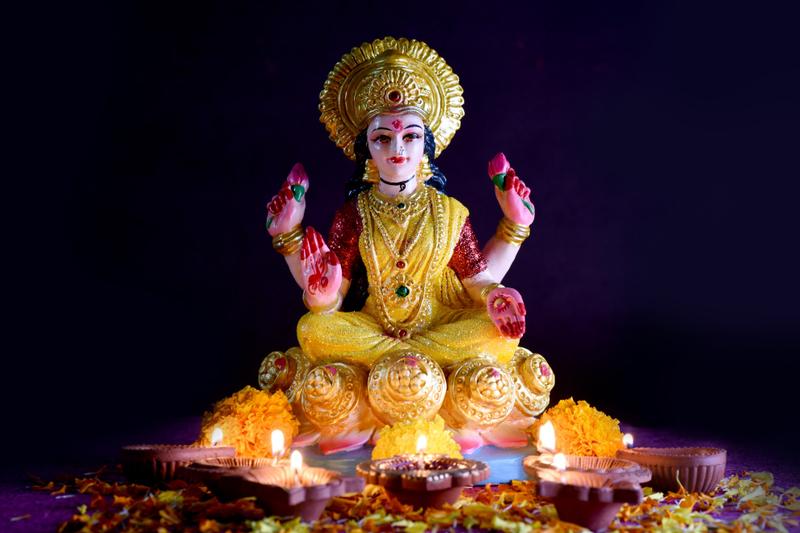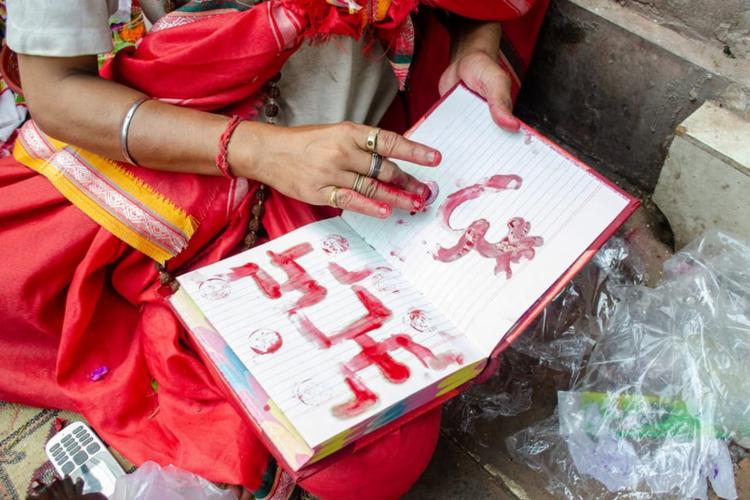Poila Boishakh or Nobo Borsho is the celebration of Bengali New Year- which marks the first day of the Bengali calendar. The new calendar was initially known as Tarikh-e-Elahi and was introduced on 10 or 11 March 1584 by the 3rd Mughal Emperor, Jalaluddin Muhammad Akbar. He introduced it to glorify and immortalize all the historical events and also to facilitate the collection of revenue during that period. The system of celebrating Poila Baisakh or Bengali New Year was also instigated by Akbar the great. This day is still celebrated as a national holiday.
Bengali New Year signifies a new beginning for all the Bengalis. Wearing new dresses, decorating homes, worshiping Gods, exchanging sweets and gifts, etc. are the general ways of celebrating the Bengali New Year festival. Panjika, the Hindu astrological almanac is another vital part of this occasion that every Bengali wishes to own during this time. It is amongst the most popular annual books published in India as it is a handy reference to determine the most auspicious times for Hindu rituals, festivals, celebrations, and pursuits of various sorts including marriage, undertaking travels, etc. On this special day, there is a tradition of wearing new clothes so online gifts shopping in India can really help those who stay away to send gifts to India from USA or from any part of the world.
The “Hal-Khata” tradition is an important element for all businessmen and shopkeepers
It is the accounts books of the traders that begin from the first day of Baisakh after offering puja to the Goddess of wealth, Lakshmi and Ganesha. Pujas are solemnized in almost all shops and business centers, and regular customers are formally invited to attend the evening party. Hal-Khata also carries a message for the customers indeed which tells them to clear out all the outstanding dues of the preceding year.
Places Celebrating “Poila Boishakh”
Bengali New Year carries with it a lot of customs and traditions. Bengalis generally acknowledge this festival very significantly. Bangladesh, West Bengal along with Assam, Jharkhand, and Orissa are the common areas that observe this festival joyfully. But Bengalis living outside Bengal had spread this festival enormously. Social Networking sites like Facebook have also helped to unroll the traditions of Poila Boishakh. Enthusiastic people of West Bengal celebrate the eve of Nobo Borsho as Chaitra-Sankranti bids farewell to the past year. Songs, dances, and games besides reciting poems are organized in various parts of West Bengal to mark the occasion. Fairs and cultural programs are very common forms of entertainment at this festival. This festival is celebrated with great grandeur and colors in Dhaka along with other parts of Bangladesh. This carnival gets started through a welcome song by “Rabindranath Tagore”- “Eso he Boishakh” - specially written for this occasion. But the most important part of the festivities in Dhaka is the Mangal Subhojatra a traditional colorful procession organized by the students of the Faculty of Fine Arts, Dhaka University. This event carries various themes relevant to the country’s cultures and traditions. If your loved ones are living far away, you can send gifts to Kolkata or any other city with our reliable services. The gifts range from all varieties to different price ranges, as you can choose gift hampers to India, gif cards, sweets, chocolates, etc.
Apart from Bengal, Poila Boishakh is also celebrated by the Bengali community living in the United Kingdom, the United States of America, Australia, etc. Today, Poila Boishakh celebrations also mark a day of cultural unity without distinction between class and religious affiliations. This way people are celebrating this festival globally. In 2013, the Secretary of the United States, John Kerry wished all Bengali-speaking people around the world “Subho Noboborsho!” Bengali New Year greetings wishing them happiness and prosperity on behalf of President Barack Obama and the American people. London also celebrates this festival with huge pomp and show. All day-long cultural programs are arranged along with a fair. The Boishakhi Mela in London is also another great attraction which happens to be the largest Bengali celebration to grace any other city in the world. This mela is about to enter its 16th year of celebration this year. In Australia, the Bangla new year is also celebrated in cities such as Sydney, Melbourne, and Canberra through Boishakhi Melas (fairs) where people gather to celebrate the culture of Bengalis through dances, fashion shows, stalls of art, music, clothing, food, etc. You can send gifts to India from UK from our website and let your loved ones take part in the celebartions.
This festival is celebrated grandly in Australia whose details are shared by an Indian residing there for about twenty years. The Bengali community in the United Kingdom also celebrates this festive moment with a street festival there remembering all their age-old customs and traditions. They organize a Mela which is actually the largest open-air Asian festival in Europe as well as the second-largest street festival in the UK attracting over 80,000 visitors from around the UK. Designed to showcase Bangladeshi talent in the arts, music, and culture, the event features a parade, music and dance performances, food stalls, and family-friendly activities.



